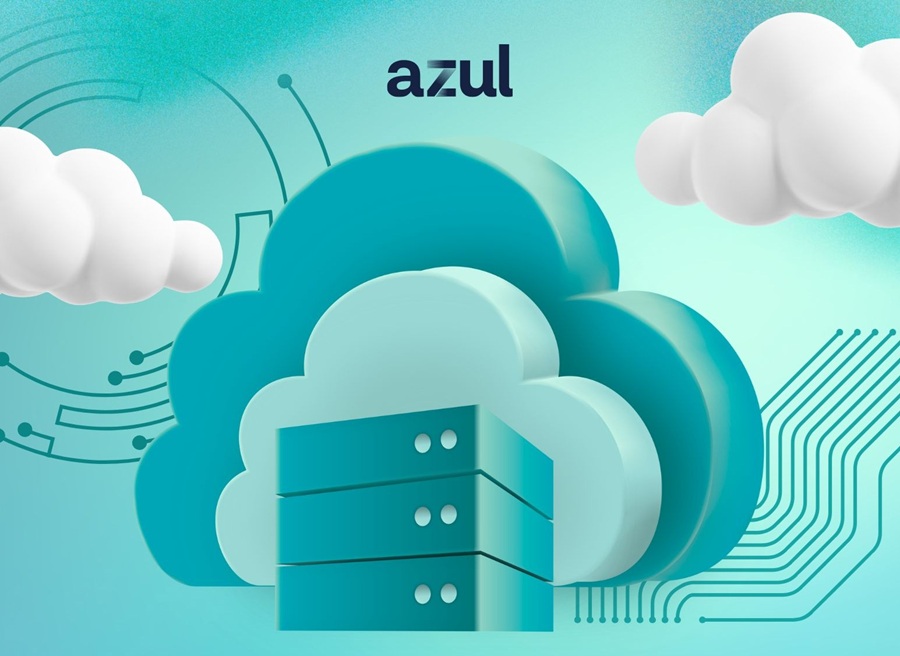AppDynamics announced a relationship with Microsoft Corp. that enables Windows Azure users to monitor and scale their applications in Windows Azure.
Organizations running their revenue-critical applications on Microsoft’s cloud platform can now gain full visibility into their applications and rapidly troubleshoot performance problems.
While traditional monitoring tools provided some level of visibility, they often had blind spots that limited their ability to rapidly pinpoint and fix performance problems. Now, with AppDynamics, Windows Azure users can get full visibility into the end-to-end performance of every business transaction and quickly isolate problems with code-level diagnostics.
“We are excited about AppDynamics’ solution on Windows Azure and look forward to working with them. Their solution helps businesses gain greater visibility into the performance of their applications running on Windows Azure,” said Scott Guthrie, Corporate VP, Windows Azure App Platform, Microsoft.
AppDynamics’ automatic instrumentation and configuration are designed for managing cloud environments with a high rate of change.
In addition, AppDynamics’ auto-scaling feature allows Windows Azure customers to automatically provision Windows Azure resource based on the performance and throughput of business transactions.
Windows Azure users will be able to try AppDynamics for free for 30 days through the Windows Azure Marketplace.
With AppDynamics, Windows Azure users can:
- Monitor the health of their Windows Azure application
- Troubleshoot performance problems in real time
- Rapidly diagnose root cause of performance problems
- Dynamically scale up and scale down their Windows Azure application
Jyoti Bansal, Founder and CEO of AppDynamics, said: “Migrating to the cloud can be a scary step for many application owners. We’re happy to be able to give application support teams the confidence that their applications will meet their SLAs, as well as scale to meet the needs of their business.”
With the release of AppDynamics Pro 3.4.3 today, Windows Azure customers can now monitor and troubleshoot applications that leverage:
- Windows Azure Compute
- Windows Azure Service Bus
- Windows Azure SQL
- Windows Azure Storage
To provide the best possible solution for Windows Azure users, AppDynamics has made available its multi-tenant Monitoring-as-a-Service platform within Windows Azure itself. This minimizes the network bandwidth costs for Windows Azure customers using AppDynamics because they will not have to transfer monitoring data outside of Windows Azure.
In addition, online support, documentation and training are all available directly through the Windows Azure Marketplace.
The Latest
IT and line-of-business teams are increasingly aligned in their efforts to close the data gap and drive greater collaboration to alleviate IT bottlenecks and offload growing demands on IT teams, according to The 2025 Automation Benchmark Report: Insights from IT Leaders on Enterprise Automation & the Future of AI-Driven Businesses from Jitterbit ...
A large majority (86%) of data management and AI decision makers cite protecting data privacy as a top concern, with 76% of respondents citing ROI on data privacy and AI initiatives across their organization, according to a new Harris Poll from Collibra ...
According to Gartner, Inc. the following six trends will shape the future of cloud over the next four years, ultimately resulting in new ways of working that are digital in nature and transformative in impact ...
2020 was the equivalent of a wedding with a top-shelf open bar. As businesses scrambled to adjust to remote work, digital transformation accelerated at breakneck speed. New software categories emerged overnight. Tech stacks ballooned with all sorts of SaaS apps solving ALL the problems — often with little oversight or long-term integration planning, and yes frequently a lot of duplicated functionality ... But now the music's faded. The lights are on. Everyone from the CIO to the CFO is checking the bill. Welcome to the Great SaaS Hangover ...
Regardless of OpenShift being a scalable and flexible software, it can be a pain to monitor since complete visibility into the underlying operations is not guaranteed ... To effectively monitor an OpenShift environment, IT administrators should focus on these five key elements and their associated metrics ...
An overwhelming majority of IT leaders (95%) believe the upcoming wave of AI-powered digital transformation is set to be the most impactful and intensive seen thus far, according to The Science of Productivity: AI, Adoption, And Employee Experience, a new report from Nexthink ...
Overall outage frequency and the general level of reported severity continue to decline, according to the Outage Analysis 2025 from Uptime Institute. However, cyber security incidents are on the rise and often have severe, lasting impacts ...
In March, New Relic published the State of Observability for Media and Entertainment Report to share insights, data, and analysis into the adoption and business value of observability across the media and entertainment industry. Here are six key takeaways from the report ...
Regardless of their scale, business decisions often take time, effort, and a lot of back-and-forth discussion to reach any sort of actionable conclusion ... Any means of streamlining this process and getting from complex problems to optimal solutions more efficiently and reliably is key. How can organizations optimize their decision-making to save time and reduce excess effort from those involved? ...
As enterprises accelerate their cloud adoption strategies, CIOs are routinely exceeding their cloud budgets — a concern that's about to face additional pressure from an unexpected direction: uncertainty over semiconductor tariffs. The CIO Cloud Trends Survey & Report from Azul reveals the extent continued cloud investment despite cost overruns, and how organizations are attempting to bring spending under control ...

